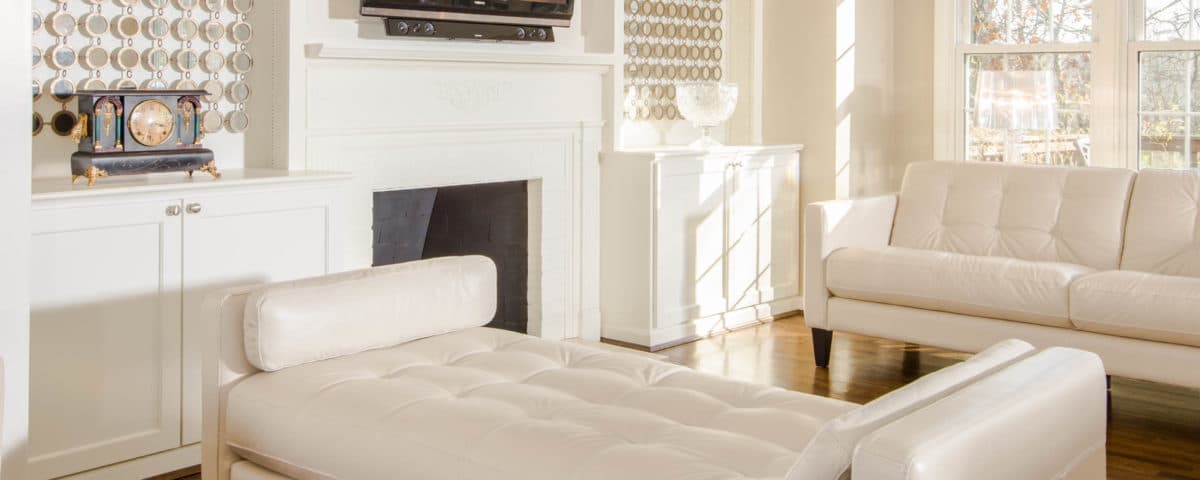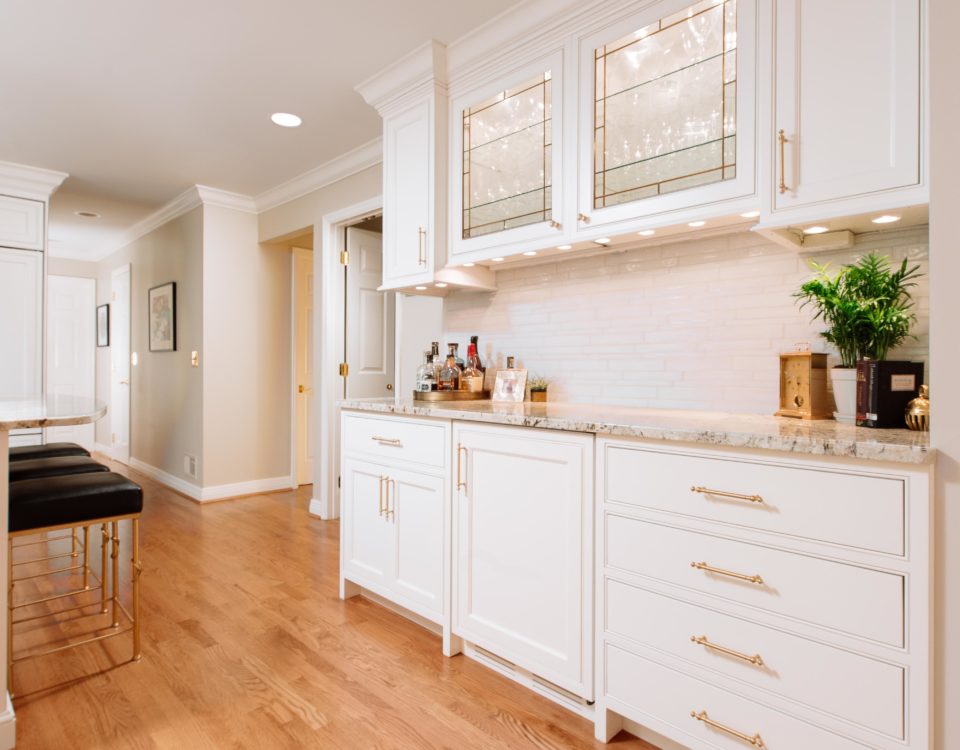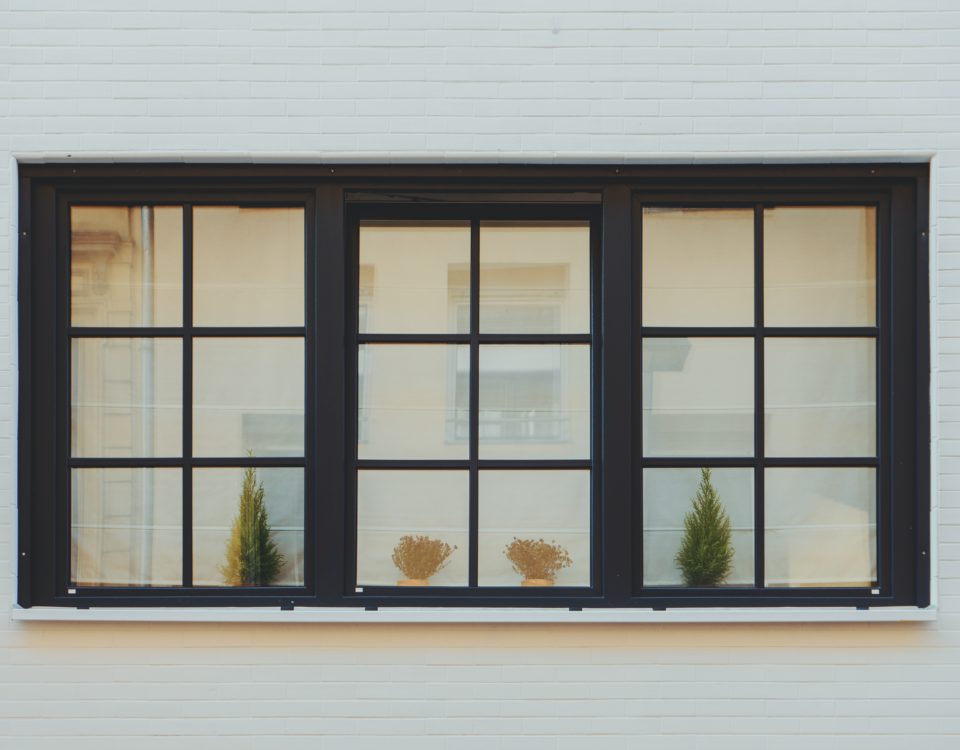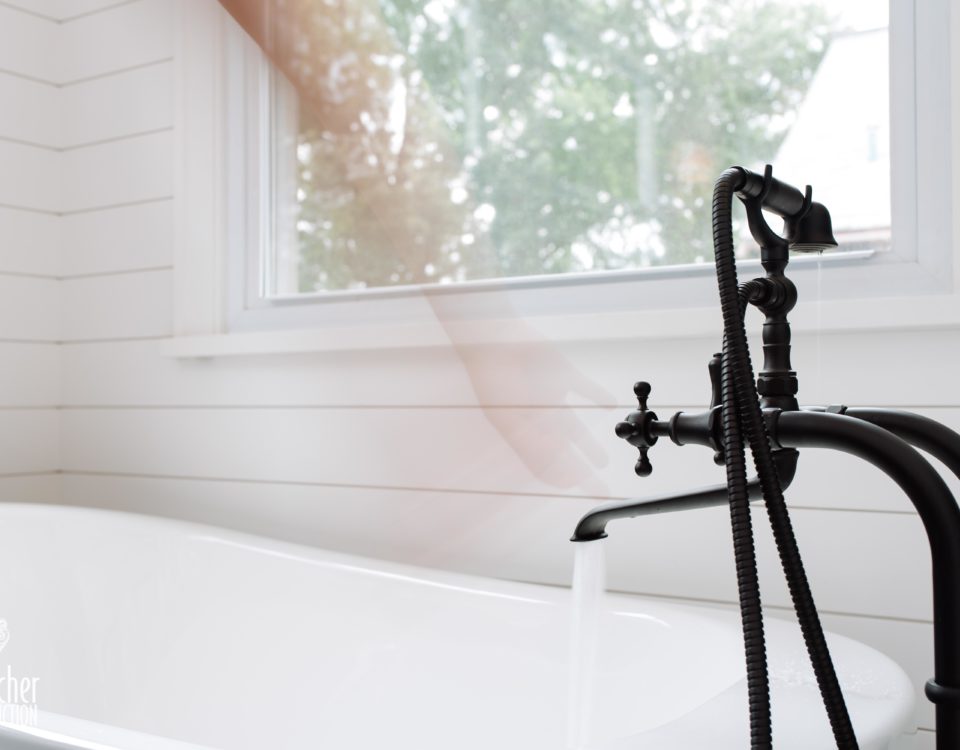The 6 Most Important Elements of Transitional Design

The 11 Most Important Elements of Modern Design
March 9, 2019
Project Timing: 2 Misconceptions and How to Avoid Disappointment
June 15, 2019
Have you ever looked at a photo on Houzz and thought, “How did they get it to look so perfect?” Then you have come to the right place. The secret to creating a space that’s stunning and magazine worthy is making the many individual choices that create a cohesive overall design. Many times when trying to design a new space our clients want to create it in a modern style, but get off track when they see something they like that isn’t in alignment with their goals. Without realizing it, the design is muddied up and doesn’t quite achieve the look they were after. We’ve created this short guide to keep you on track and give you the information you need to create your own HGTV home.
What is Transitional Style?
Transitional style is the perfect balance between modern and traditional architectural styles without leaning too far in either direction. Deciding how weighted to one side that balance is, is up to the individual. The final design can range from more modern with a hint on traditional to more traditional with a hint of modern and everything in between. Unlike other styles, transitional gives you more wiggle room with the elements you choose than some other architectural styles.
There is, of course, a “standard look” for a transitional style home but keep in mind transitional is more about finding the perfect balance for you and less about sticking to all the rules.
Wondering how a Designer could help you with your project? Read our blog: A Professional Designer Can Help You Do This, Not That
1. Color Pallet
When considering the colors you want to feature in your space a muted color pallet is the way to go with a transitional style. No bright reds or blues. Soft beige, brown, and taupe are all perfect colors for a transitional style space.

2. Texture
With there being a lot of muted colors, the space will need something to spice it up. Try adding textures with rugs, wall décor, tile design, or furniture pieces. Much like traditional, you’ll find a lot of wood and stone in a transitional style room, however unlike traditional style these materials tend to be left to their more organic state. Much less polish and stain and more raw wood and rough stones.
3. Decor
Things like pottery, artwork, and the like should be kept to a minimum. This is where the more modern side of transitional comes in. Keep pieces like this simple and symmetrical.
4. Bold Furniture
When looking for furniture for your transitional space, look for pieces that are bold. Furniture should make a statement in a transitional style space, and the more gender neutral, the better; nothing too feminine or too masculine.
Worried about choosing the wrong color pallet for your space? Learn how to select colors like a pro and read our blog: How to Use the Psychology of Color for Your Interior Design
5. Blending
In a transitional space, there’s not one thing that jumps out over the other elements. It all blends nicely and creates a soothing space.

6. Clean & Clear
Items like books, kitchen utensils, and blankets should be kept hidden away in a drawer or cabinet. They could add too much busyness in a space that won’t bode well for a more clean transitional style.
Unlike a lot of architectural styles transitional is an easy going style. Transitional has more room for personal interpretation and is great for someone who likes a little bit of everything.
Smart People Make Smart Choices
Our goal with these pieces is to help you get the information you need to make educated choices for your home and family. If you’ve found this helpful, share it with others. If you have questions or would like to request other topics to be covered, please use the comment section below and we’ll make sure you get you the answers you need.







